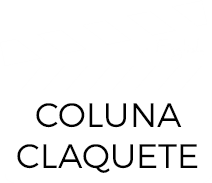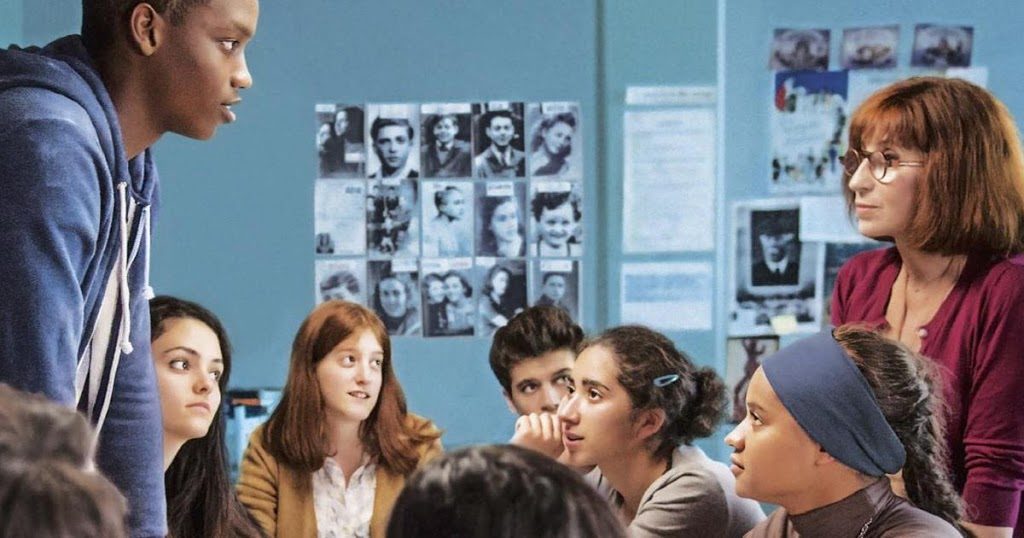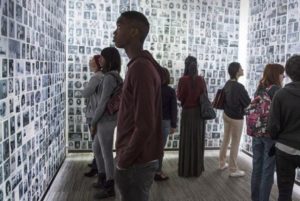Coluna Claquete – December 5th, 2016 – Movie of the Week: “Once In A Lifetime”
Newton Ramalho
colunaclaquete@gmail.com – www.colunaclaquete.blogspot.com– @colunaclaquete
Movie of the Week: “Once In A Lifetime”
The movie industry has many films based on education, and groups of unruly teenagers who are “saved” by a brilliant teacher, like anthologique “To Sir With Love,” starring Sidney Poitier. But it is always good to see successful stories like the one shown in the excellent French film “Once In A Lifetime” ( “Les Heritiers”, 2014).
The Lycée Léon Blum is a French public school like many others, located in the banlieue, the suburb of Paris, a poor region, inhabited mainly by immigrants and descendants.Unlike countries such as Canada, where immigration is very selective, France historically has housed countless groups of immigrants from many places of the world, notably from its former African and Asian colonies.
So this is the small universe of one of the rooms of the junior year of high school, formed by young people from different ethnicities, backgrounds and religions. The group, one of the most problematics in school, is under the direction of Ms. Guéguen (Ariane Ascaride), which also gives lessons of History, Geography and History of Art.
The living is not easy, especially with the clash of cultures. France, very proud of separation between religion and State, since the Revolution of 1789, has laws preventing religious expression in schools and public buildings, including crucifixes and the veil worn by Muslims, what is illustrated in one of the opening scenes of movie.
The dissatisfaction of young people is exacerbated by the age where the last infantile traits still shock with perspective of the arrival of adulthood.
It is in this ambiance of permanent tension that Ms. Guéguen arrives with a proposal that at first sounds like an impossible task.She proposes to her students the participation in the National Concours of Resistance and Deportation, exploring the theme “children and adolescents in the Nazi concentration camps.”
The first reaction of the students is of stupefaction. Everyone knew vaguely that World War II had been against the Nazis, a few knew about the Holocaust, but no one imagined the real involvement of France, especially in regard to the subject.
Accepting the job with reluctancy, they researched the way they were used to: copying pages of Wikipedia and Google images.Encouraged by Ms. Guéguen and by librarian Yvette (Geneviève Mnich), who always answer their questions with more questions, the young people gradually plunged deeply into the theme, discovering the victims, their testimonies, and what happened to them after war.
Some scenes of the film are anthological, such as the testimony of Léon Zyguel, a Holocaust survivor who died shortly after the film’s release.To some concepts were given prominence, as the idea that every image has a purpose, and that no joke is innocent, especially when it exploits race, religion or sexual orientation.
It is possible that at this point, the reader is thinking “I’ve seen this movie before”. If he thought about “Freedom Writers,” starring Hilary Swank, it is not without reason. But the commonalities are poor schools, challenging classes and research related to World War II – as well as creative and stimulating teachers.
In the case of the French school, in addition to the fact of been real and be portrayed with remarkable fidelity, the results were surprising because they not only got the prize, but most of the class finished school with distinction.One of these students, Ahmed Dramé, who dreamed of making movies, was the one who sought the director Marie-Castille Mention-Schaar with the idea of the film and the script was co-written by them.Ahmed and his sister Koro also acted in the roles of Malik and Léa.
When we see these cases of student success, the question is inevitable: Will we could do the same in Brazil? It is hard to say, because the educational reality of Brazil is totally different from France or the United States, places where public education is practically universal .
Although the problems of young people are universal, even more in a globalized world, in Brazil public education is poor and destined for the poors, with the exception of federal education institutes.
But regardless of rich or poor, young people lack the incentive to critical thinking, to questions that have no easy answers, to needs that go beyond the ESMS and a place in a public university.
As said in an interview with Professor Anne Anglès, the true master who was lived on the screens by Ariane Ascaride, “To me, the goal was that those students pass from “to have” to “to be”. I wanted them to learn to be and be together, collectively, to appropriate the values of those peoples who were lucky to survive this mass crime, this genocide, because it shakes with people, even being extremely heavy. “
“Once In A Lifetime” is a very interesting film, totally different from these silly high school movies, showing how the intolerance that surrounds and suffocates us day to day can be alleviated with the simple and good idea that we are together in the same boat and that unity and understanding are still the best way to solve problems.
Original title: “Les Heritiers”









